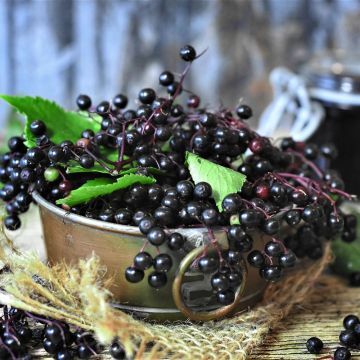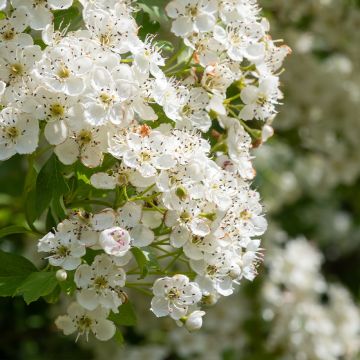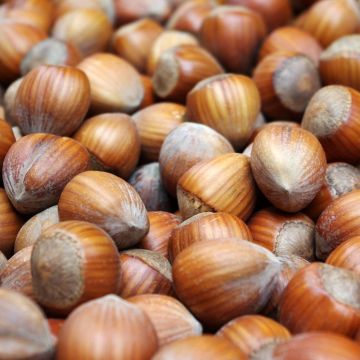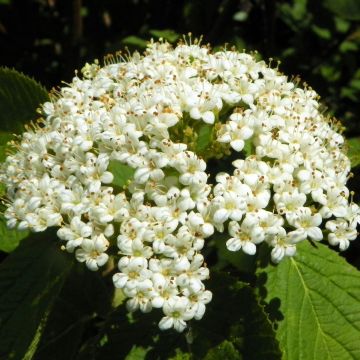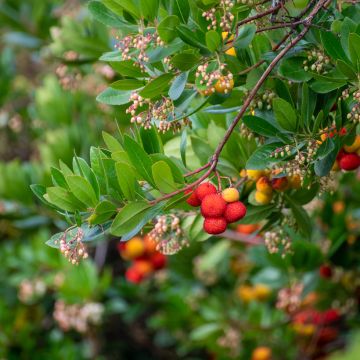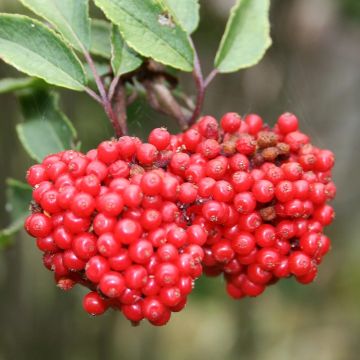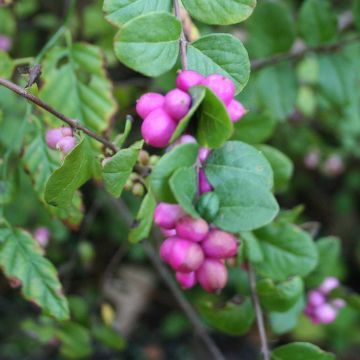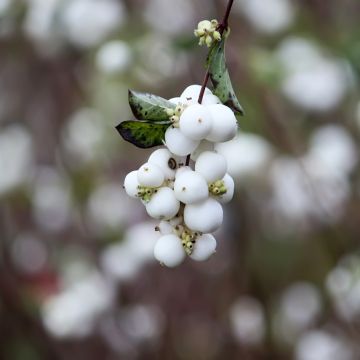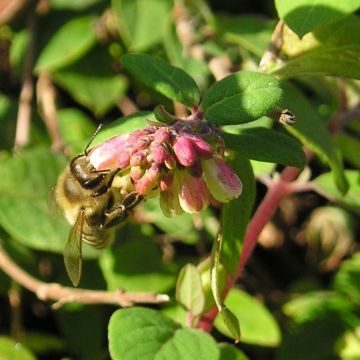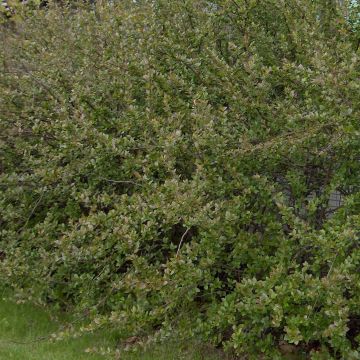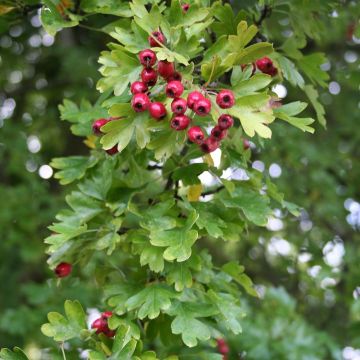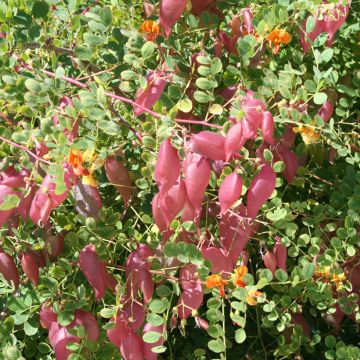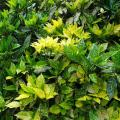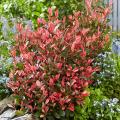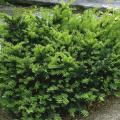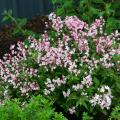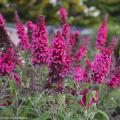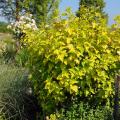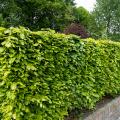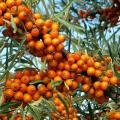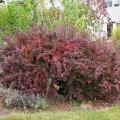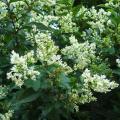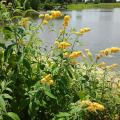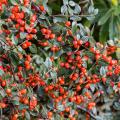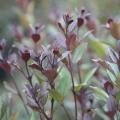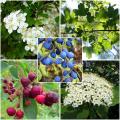Ornamental fruit hedge, all our special offers
Does this plant fit my garden? Set up your Plantfit profile →
Available in 3 sizes
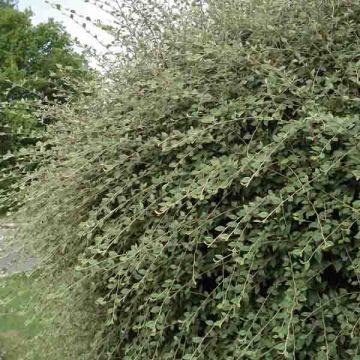
Available in 3 sizes
Available in 2 sizes
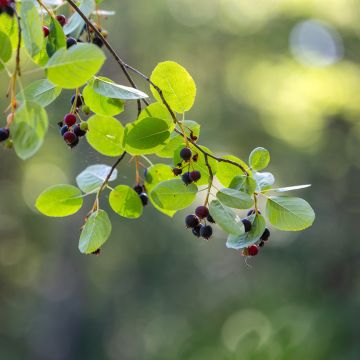
Available in 2 sizes
Available in 1 sizes
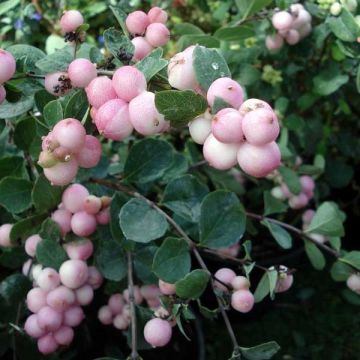
Available in 3 sizes
Available in 1 sizes
Available in 4 sizes
Available in 2 sizes

Available in 1 sizes
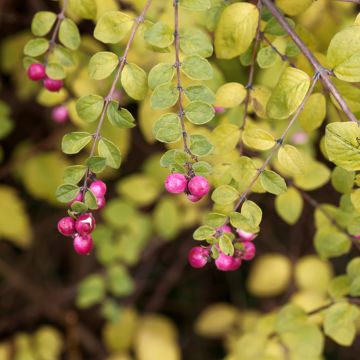
Available in 4 sizes
Available in 1 sizes
Available in 2 sizes
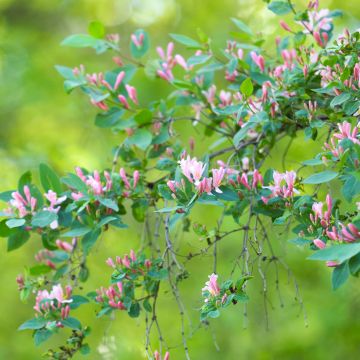
Available in 2 sizes
Available in 1 sizes
Available in 2 sizes
Available in 2 sizes
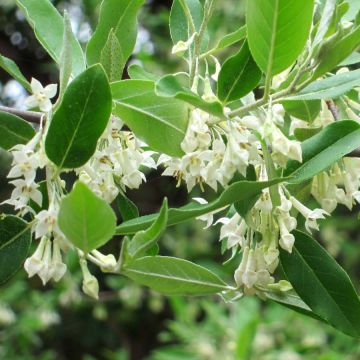
Available in 3 sizes
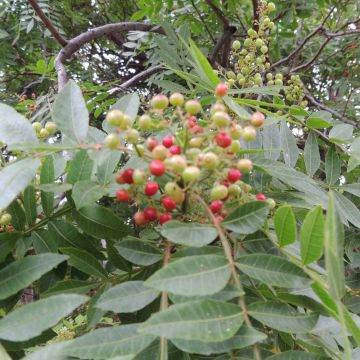
Available in 1 sizes

Available in 1 sizes
Available in 1 sizes
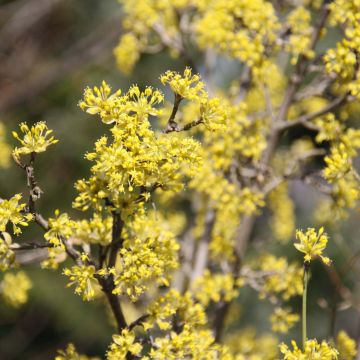
Available in 1 sizes
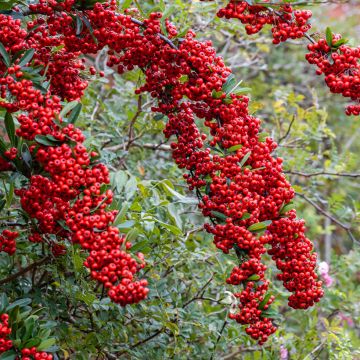
Available in 1 sizes
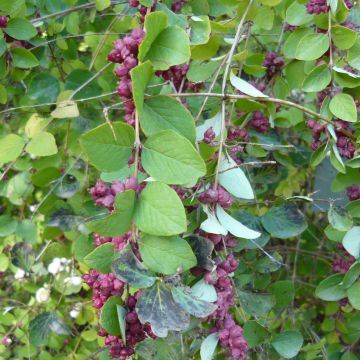
Available in 1 sizes
Available in 1 sizes
The decorative fruit hedge showcases fruiting, just as attractive as many flowering plants. Both varied and colourful, it is ornamental, it provides shelter and food for numerous birds and enlivens the garden for a large part of the year, sometimes even in winter. While we all know Pyracantha and cotoneaster, strong due to their hardiness, robustness, and adaptability, many other bushes can be advantageously used in hedges: the spindle tree for its fiery colours, Symphoricarpus for their pretty pearly beads, holly for its gleaming berries in winter, the serviceberry, the strawberry tree, and Aronia for their edible fruits, and so many more. A decorative fruit hedge will most often be a loose hedge where species and varieties are mixed, it is pruned little or not at all to not compromise the flowering and fruiting. However, if you are obliged to regularly prune your hedge, opt for planting one or two species that fruit together, and intervene after the fruits have fallen. You will find in our range a wide choice of decorative fruit bushes to create hedges ranging from 1m (3ft) to over 5m (16ft) in height.
Haven't found what you were looking for?








































